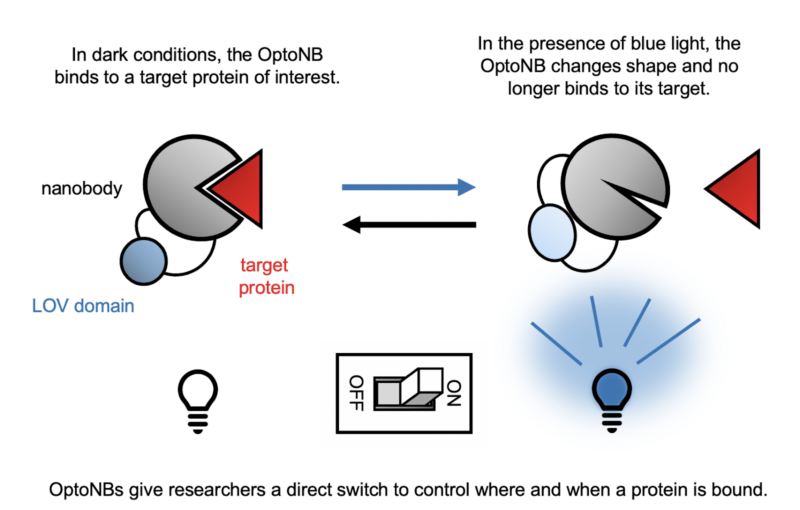Review by Abigail Stanton (MOL, G1)
Living things are composed of an intricate set of chemical machinery, each piece refined over billions of years of evolution to perform the tasks required to grow, reproduce, act, and react. A principal challenge of biochemistry is understanding how each microscopic gear (or protein) works within the dynamic context of a larger machine (the cell and, eventually, the organism as a whole). To dissect these complex pathways, researchers need ways to interact with the cell. They need tools that act like molecular tweezers to remove pieces, to change them, and to turn mechanisms on and off. As our understanding of each component grows, our biochemical toolbox expands, allowing for even more biological discoveries, which in turn allows for the development of ever more sophisticated tools.
Continue reading
